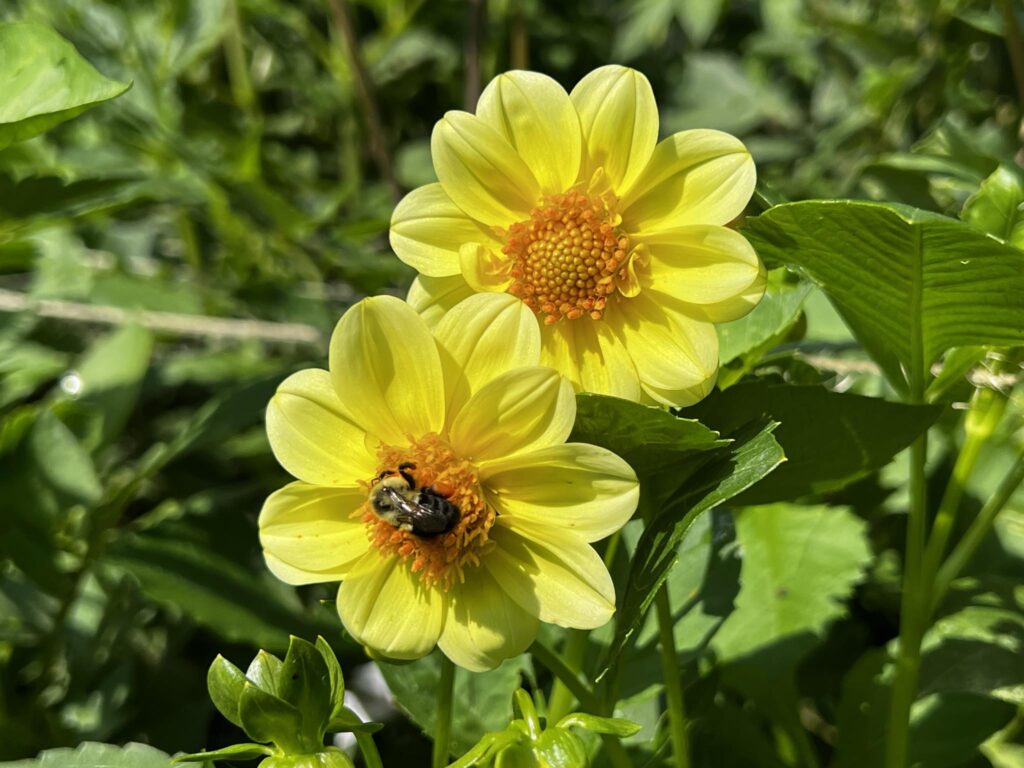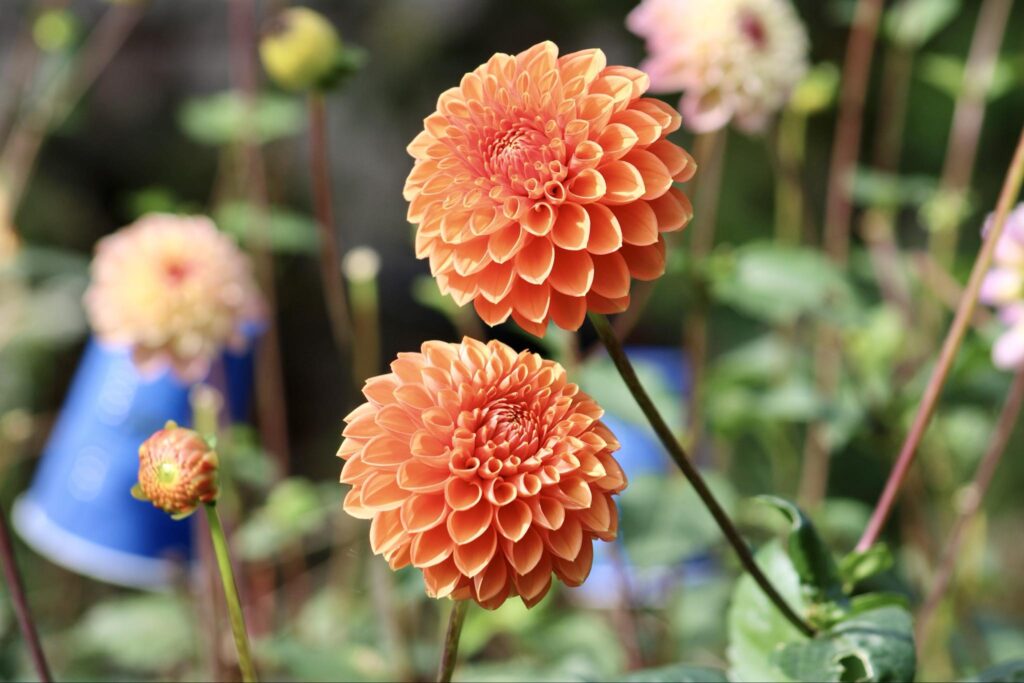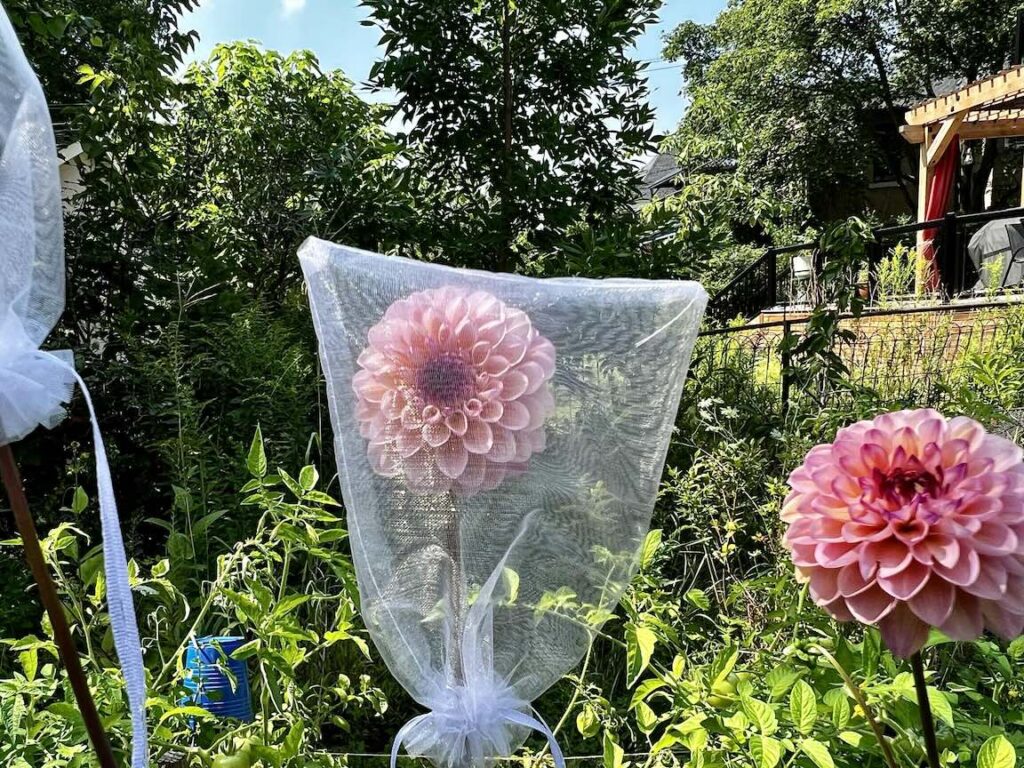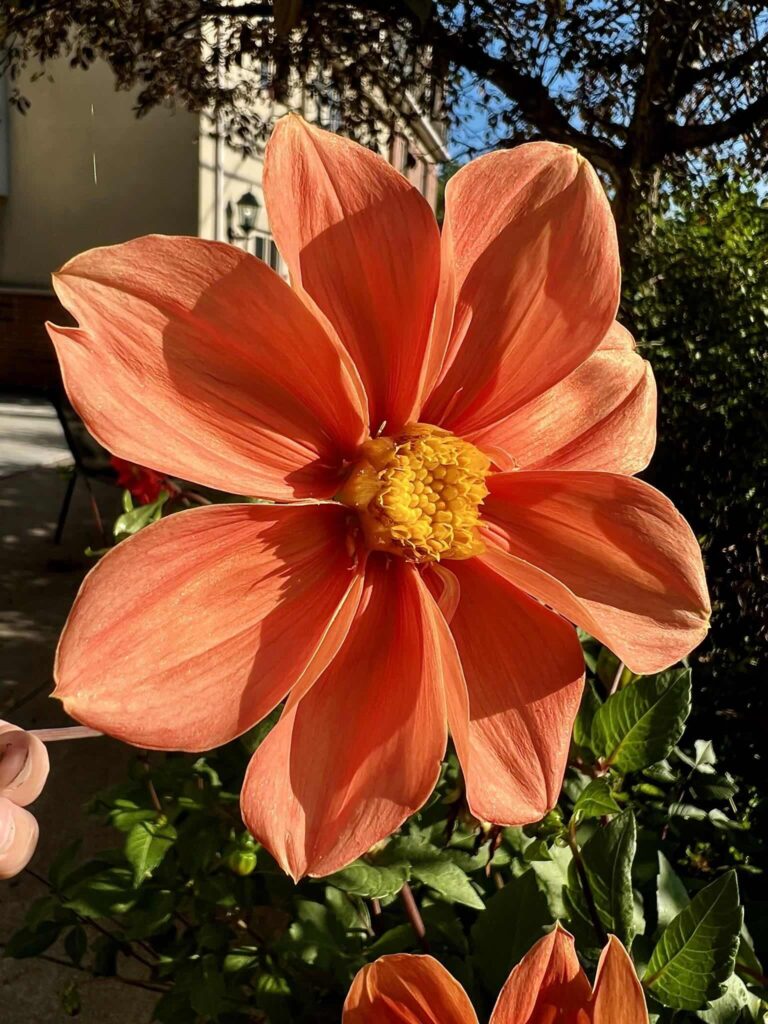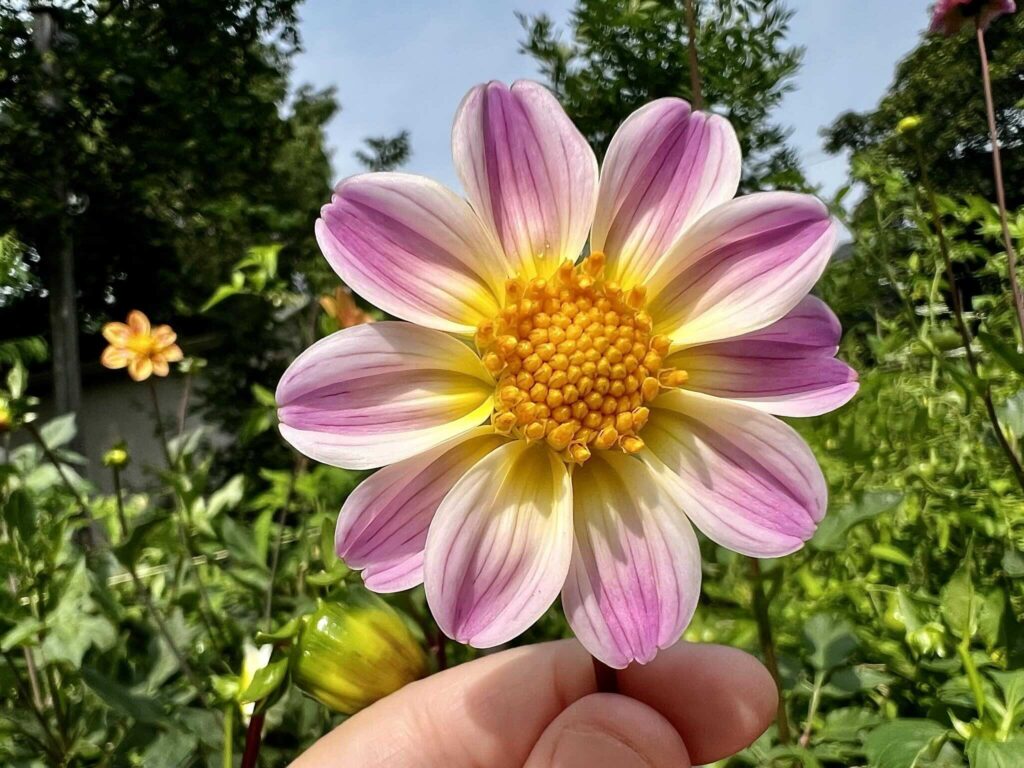The days of dahlias
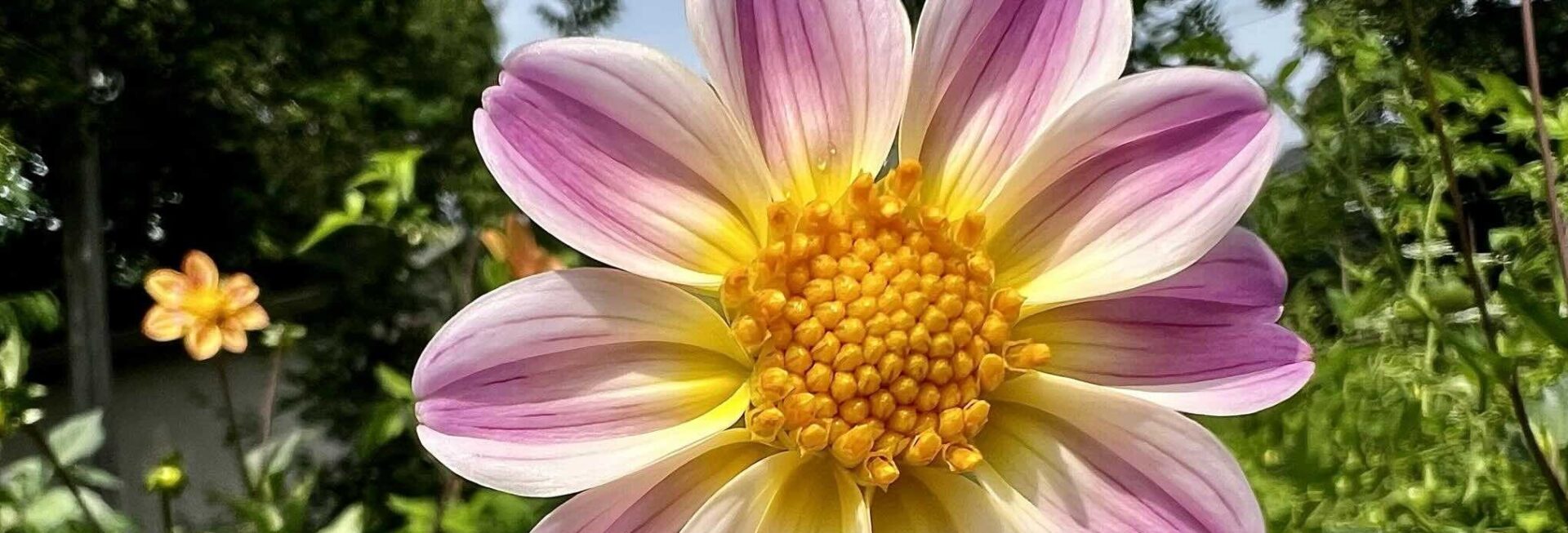
Cut flowers are a big trend in gardening this year and dahlias provide a ton of diversity is size and form and are easy to grow.
Summer is very much here. After a scorching week in May, a lot of people with green (or not so green) thumbs are thinking about gardening. One of this year’s biggest trends in the garden, whether in a yard or on a balcony, is cut flowers. And for a lot of people that means dahlias.
“What I love about dahlias is the diversity and the range, and partially the ease of growing,” says Katie Job, a grower in St. Catharines. “For a cutting flower, they are one of the simplest to get into, they’re not as fussy as other flowers. And for the ease of getting into them, there’s a huge range.”
The plants have a wide range of sizes and forms. “You can have a compact dahlia that sits well in a 4-inch pot, and one that you plant in the ground that can grow to up to six feet. You also have a range of flowers. They can be thick petals, almost a ball shape, or more flat, like a daisy.”
They also have a staggering array of colours and shades.
“They’re not as intimidating as they seem.”
Job describes how some people find dahlias a little confusing to plant as they are a tuber and not a seed, but “if you can grow a potato, you can grow a dahlia.” The tubers can be planted in the ground any time after the last frost.
“You can also grow a dahlia from cuttings. Once the plant is starting to push out new growth, you take a couple of inches of a cutting, remove the lowest leaves, and put it into pot of moist soil, and keep it moist and they will root very, very quickly.”
Over the course of the year, that cutting will then grow tubers that you can replant next year.
At Job’s work, the cuttings stay from 10 days to three weeks in a greenhouse before she has a whole new plant.
You can find dahlias for cutting almost anywhere. Chances are a friend has one you can take a snip of to get started. Job even likes to tell the story about walking through her old neighbourhood in Hamilton and randomly approaching neighbours in their yards asking if she can cut off their flowers for propogation. Fortunately, most gardeners are quite generous, and knew what she was trying to do.
Unfortunately, you do need to dig the tubers up in the fall and store them over the winter. If you leave them in the ground, your dahlia tuber will freeze or rot, and won’t grow the following year.
Erinn Turnbull is a dahlia enthusiast in Hamilton who explains that growing a dahlia from either a tuber or a cutting is the only way to get the dahlia to breed true. Dahlias are quite complex genetically, and rarely if ever breed true from seeds.
Five years ago she posted a photo of a perfectly serviceable dahlia on social media saying she thought it was ugly and she wasn’t going to keep it. Not understanding the complexity of what she was trying to do, I pleaded with her to spare the poor thing. Turns out growing dahlias from seed is a numbers game.
“The ratio is about one out of a thousand,” she explains. “Out of every 1,000 seeds you plant, you’re likely to get one dahlia that’s a proven winner and worth propagating from there.”
“Every famous dahlia variety, such as Café Au Lait, around the world came from one little plant in a seedling patch that then would have been propagated. If you took seeds from it, you could never get it to grow that way again.”
“If you save 10 seeds from one dahlia, and plant them, you will get 10 totally different dahlias.”
Still, growing dahlias from seeds was a challenge she started taking on about five years ago, and has kept up with during the pandemic and beyond.
There are a few different ways of propagating dahlias by seed. You can let the bees do their work and hope for the best. Just remember that the dominant genetic form of dahlias is the open form – which looks like a daisy. If you have any of them in your garden, then that is what all of your seeds are going to grow. Red is also a very dominant colour, so keep that in mind.
The next level of complexity is selective culling. “You remove, either pull up or cut all the flowers you don’t want from your garden, and only leave the ones you want the genetic material from,” explains Turnbull.
The last step is manual pollination. Turnbull advises to, “Let the flower open in a small mesh bag, and then pull all the petals off, and use a paintbrush to introduce the pollen you want onto that flower, and then rebag it.”
Last year when Turnbull was doing this, in the middle of the process two bees landed on the flower she was in the middle of pollinating. Her label on the seed packet indicated the two flowers she had gathered materials from and “two bees.” So it’s not a perfect system.
In the end, Turnbull prefers the bees method for just letting things happen. She likens it to a treasure hunt and says that there’s a pretty good chance you’ll get something you enjoy.
Whether you’re growing dahlias from cuttings, tubers or seeds, they’re a great way of bringing wide range of colours and forms into your flower gardens, in a fun and inexpensive way.
Jason Allen is the host of The Environmental Urbanist, Tuesdays at 1 p.m. on 93.3 CFMU, and has been encouraging Hamiltonians to explore the outdoors for almost two decades.









